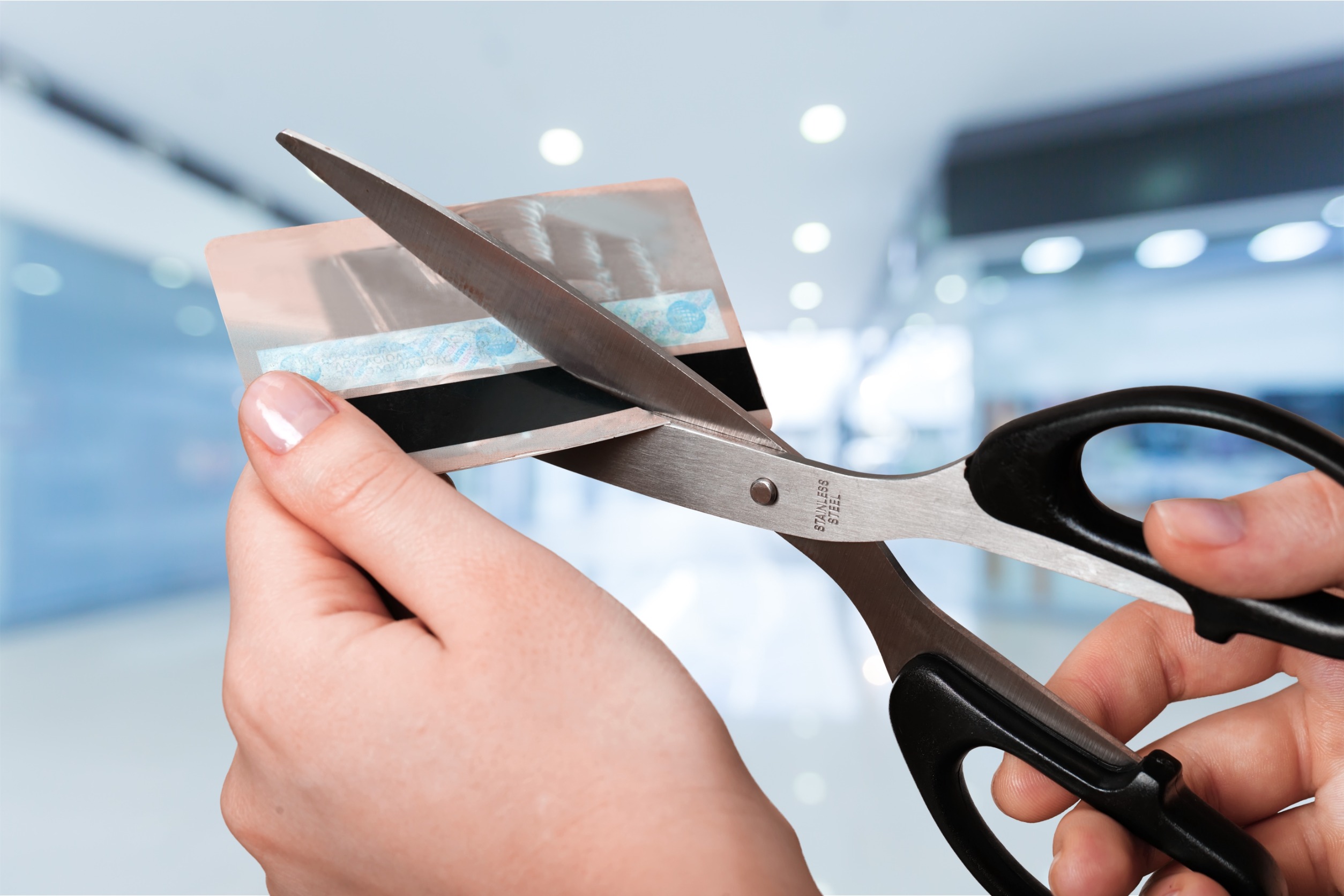

In the digital age, where words fly across screens at lightning speed, typos are as common as emojis.
But some words seem to have a knack for tripping up even the most seasoned typists. These most misspelled words online pop up in social media posts, comments, and even professional emails, creating awkward moments and embarrassing spelling errors.
What makes these words so tricky to spell? Some have silent letters, double letters, or confusing vowel combinations. Others are simply words that sound similar to other words, leading to mix-ups and confusion. Whatever the reason, knowing these most misspelled words online can help you avoid common spelling mistakes and improve your overall writing skills. This list will help you conquer some of the most common culprits.
1. Public Enemy Number One: Definitely
The word “definitely” often falls victim to misspelling, most commonly as “definately.” Perhaps it’s the deceiving sound of the “a” that leads people astray. It’s one of the most misspelled words on social media, showing up in everything from excited exclamations to heated debates.
To remember the correct spelling, associate the word with “finite,” which also has an “i” after the “n.” By remembering this connection, you can confidently use “definitely” in your online writing. If you ever second guess yourself, you can always consult a misspelled words list online for a quick reference.
2. Tricky Business: Separate
This one is a classic. People often mistakenly add an extra “e” to “separate,” spelling it as “seperate.” This error is so common that it has even earned a spot on many misspelled words lists. You wouldn’t want this error to land in your next work email!
One helpful tip is to remember the phrase “there’s a rat in separate.” This quirky mnemonic can help you visualize the correct spelling and avoid this common error. Knowing how to spell “separate” correctly will definitely help you stand out online.
3. The Sound of Silence: Accommodate
With its double “c” and double “m,” “accommodate” can be a bit of a mouthful to spell. It’s no wonder that it often gets misspelled as “accomodate” or “acommodate.” To avoid this mistake, remember that it’s one of the most misspelled words in formal writing.
To remember the correct spelling, try breaking it down into smaller parts: “ac,” “com,” “mo,” and “date.” By visualizing these smaller units, you can conquer this spelling challenge. With practice, you’ll be able to spell “accommodate” accurately every time.
4. Mind Your Ps and Qs: Questionnaire
The word “questionnaire” has two sets of double letters, making it a prime target for misspelling. It’s not uncommon to see it written as “questionaire” or “questionnare.” This is especially true in online surveys and forms, where accuracy is key.
To remember the correct spelling, think of the word “question” followed by the French word “naire,” meaning “person who.” By combining these two elements, you can correctly spell “questionnaire” every time. Double-checking your spelling is always a good practice when dealing with such tricky words.
5. Don’t Be Embarrassed: Embarrass
This word is often misspelled with only one “r” or with two “s”s at the end. To avoid this embarrassing spelling error, remember that there are two “r”s and two “s”s in “embarrass.” Double letters are always tricky, so it’s worth double-checking your spelling to avoid any embarrassing spelling errors.
One way to remember the correct spelling is to think of the word “embargo,” which also has two “r”s. By associating these two words in your mind, you can better remember the correct spelling of “embarrass.” This will definitely come in handy in your online interactions.
6. The “I Before E” Rule Breaker: Weird

The word “weird” is one of the few exceptions to the “i before e” rule in English spelling. It’s often misspelled as “wierd,” following the more common pattern. Remember, there are always exceptions to the rules, and “weird” is one of them.
To remember the correct spelling, try associating “weird” with other words that break the rule, such as “seize” and “leisure.” By grouping these exceptions together, you can master their spellings more easily. This will also help you avoid making funny spelling mistakes online.
7. Double Trouble: Occurred
This word frequently trips people up due to its double “c” and double “r.” It’s not uncommon to see it misspelled as “occured” or “ocurred.” Knowing how to spell difficult words like “occurred” is essential for clear and professional communication.
To remember the correct spelling, try emphasizing the double “c” and double “r” when you say the word aloud. This can help reinforce the correct spelling in your mind. You can also try using a misspelled words list as a reference to make sure you’re getting it right.
8. More Than Meets the Eye: Mischievous
This one has a sneaky “i” after the “v” that often gets overlooked. It’s common to see it misspelled as “mischevious” or “mischievious.” It’s easy to get confused with this word, as it’s not one that we use every day.
To remember the correct spelling, try breaking it down into smaller parts: “mis,” “chie,” and “vous.” By focusing on these individual syllables, you can spell “mischievous” with confidence. You can also look up the word in a dictionary or online to confirm the correct spelling.
9. A Necessary Evil: Necessary
The double “s” in “necessary” can be a stumbling block for some spellers. It’s often misspelled as “neccessary” or “necesary.” This is another one of those tricky words with double letters that can easily trip people up.
To avoid this common error, remember the phrase “one collar, two socks.” This mnemonic device reminds you that there is one “c” (collar) and two “s”s (socks) in “necessary.” If you’re ever unsure, you can always consult a misspelled words list or a dictionary.
10. The Final Countdown: Millennium
This word has two sets of double letters, making it a spelling challenge for many. It’s not uncommon to see it misspelled as “millenium” or “millennium.” To avoid making this common mistake, remember that the correct spelling has two “n”s in the middle.
To remember the correct spelling, associate it with the word “million,” which also has two “l”s. By linking these two words in your mind, you can conquer the spelling of “millennium.” If you ever need a refresher, you can always find the correct spelling in a dictionary or online.
Conquering the Most Misspelled Words Online: A Final Word
In the world of online communication, accurate spelling is essential for clear and effective communication. By familiarizing yourself with these most misspelled words online, you can avoid common spelling errors and improve your overall writing skills. Whether you’re crafting a social media post, writing an email, or commenting on a blog, accurate spelling can make a big difference in how your message is perceived.
So, the next time you’re typing away, remember these tricky words and their correct spellings. By doing so, you’ll not only avoid embarrassing mistakes but also demonstrate your command of the English language. Share your knowledge with others, and together, we can create a more literate online community.















































































































